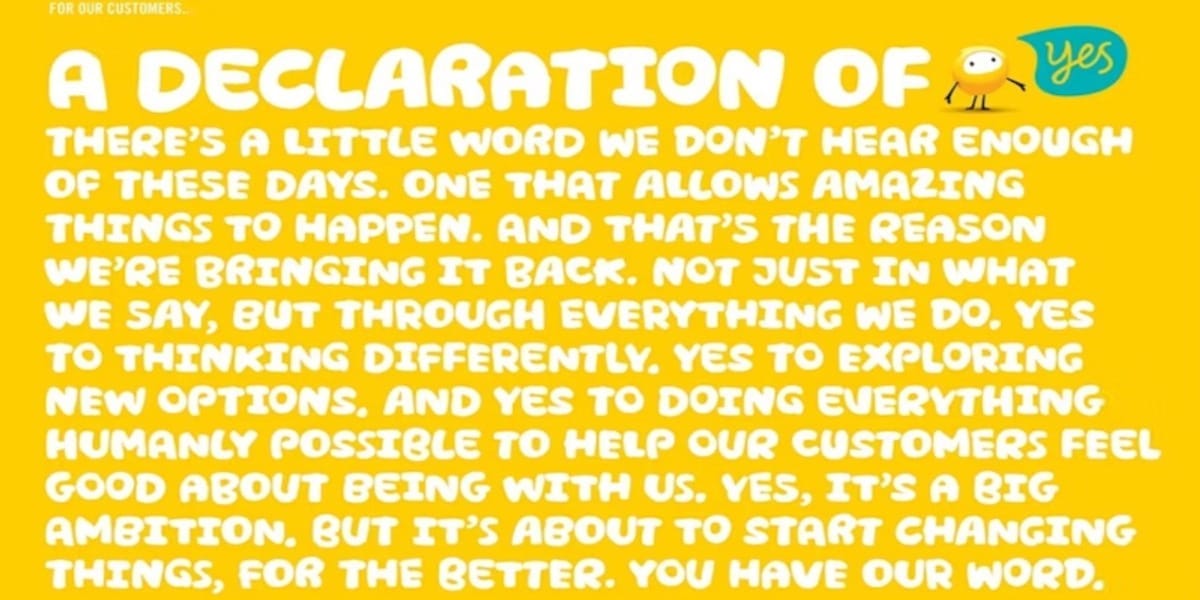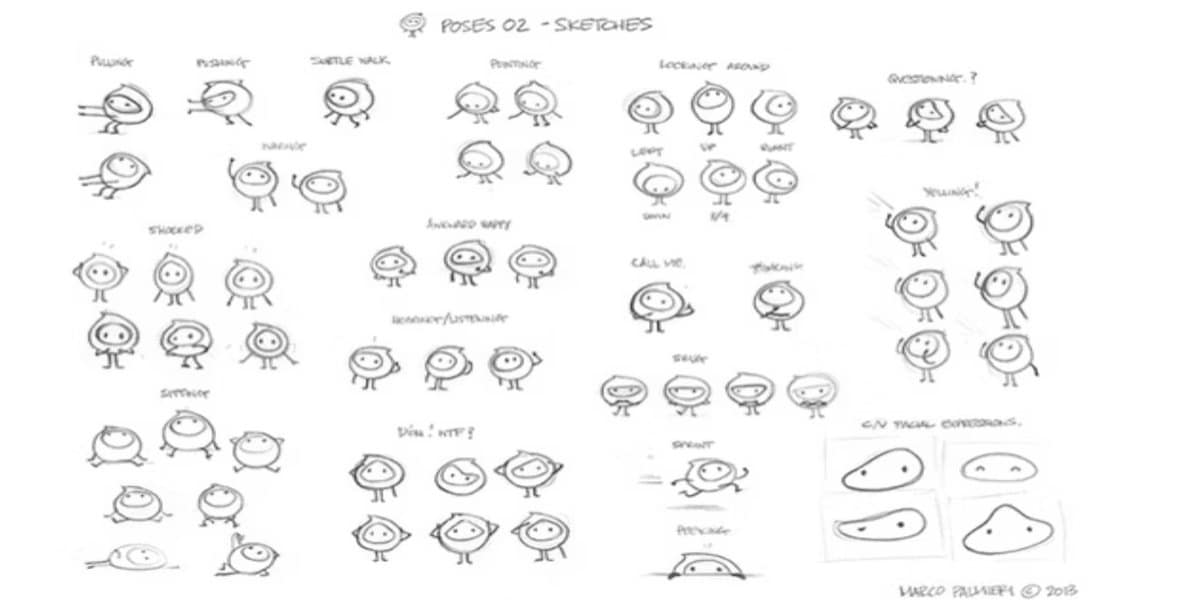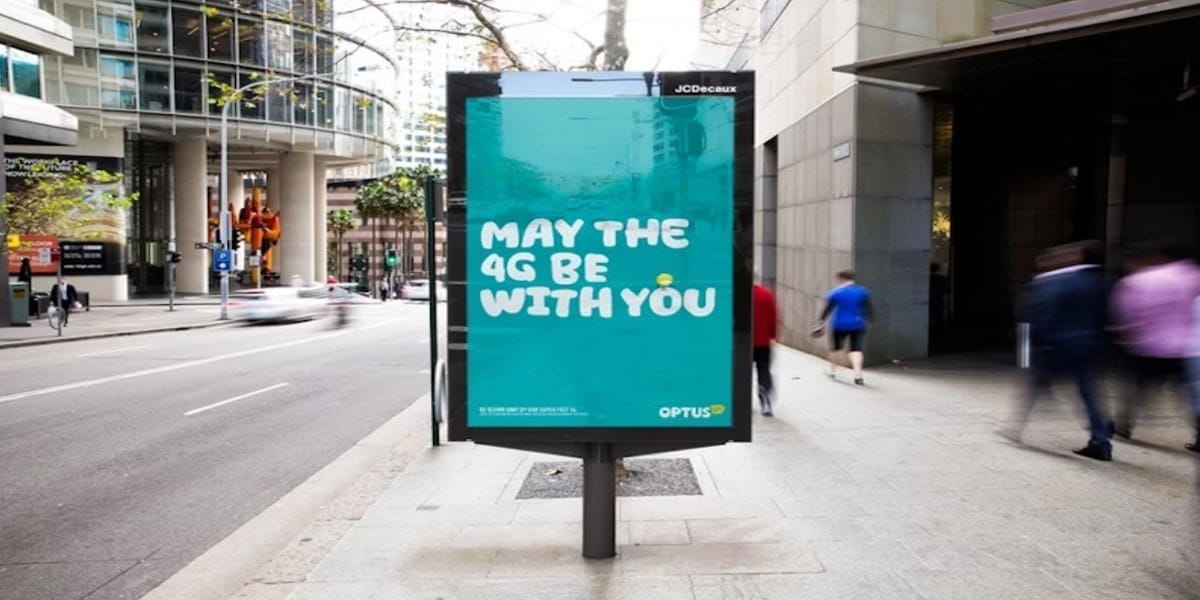Like a big instruction book, a brand bible tells you everything about what a brand looks and sounds like. It’s kind of a guide to show you what the style and personality of the brand can be used: a brand’s ads, websites, what a product’s box looks like, etc. Below, you’ll find 5 steps to make an effective Brand Bible.
Why Do You Need a Brand Bible?
Here’s why a brand bible is essential:
- It remains the same everywhere. A brand bible ensures that wherever people see the brand, it always looks the same. If a brand looks and feels more familiar, people will recognize and trust it more.
- Everyone can use it as a reference. Both people who work for the same company and designers working outside the company can look at the brand bible and make things fit the brand.
- It would be easier for everyone to be on the same page. Once people get the idea of a brand, they can better understand and share its story and values.
The Brand Bible’s Key Elements
All the important things are going to be included in a comprehensive brand bible, like:
- The brand’s essence: What does the brand say about its goals, what is its personality, and what does it believe?
- How the brand talks: What kind of words does the brand want to use, and how do they want to sound and communicate with the people.
- How does the brand look? What are the logo, colors, fonts, and picture details?
- Brand elements to use: Logo and icon types that can be used officially.
- Writing style: How can the message be perfectly sound like to represent the brand.
- Using the brand: How to use the brand in things like making a product’s box, brochure, and website.
- Keep the brand strong: These are the rules for using and maintaining the brand well.
Covering all these parts, a brand bible helps to ensure that everyone is following the big plan to help the business thrive.
5 Steps to Create a Powerful Brand Bible
1. Define a Mission and Brand’s Values
Find what’s your brand’s purpose and essence. Write a short and inspiring mission statement and list the way you want to hold your company’s big goal. Continue putting the main values to express the brand identity. Also, emphasize what’s true and important to your audience, and what makes your brand different from the others. Make sure these values are clear in your brand bible, and everyone knows what it’s about and why it’s valuable.
2. Develop A Brand Voice and Tone
Imagine that the brand is a real person who speaks to its customers. This audience expects it to be sincere and understand their feelings. Define the words, voice, and tone that people feel comfortable with and are more likely to pay attention to and accept. The brand’s voice is all the characteristics that make it sound like itself, recognizable, and different from others. Then, think of the recommendations and limitations to keep a certain brand voice: how to create a sentence, the use of particular word styles, the tone modulations, etc. It should be appropriate for all the channels and their combinations that are used for communication.
Remember that the tone could be situational – for instance, the brand becomes more serious when it’s delivering important information. Your bible should briefly describe when and how the tone could be changed but be ready to react properly when the situation needs it.
3. Design elements and guidelines
It is not enough to merely provide a product or service: creating a cohesive brand identity is essential, and it begins with the visual content that people first encounter. The first step is to design a brand, including a blend of well-made logos, typography, colors, and images. Using a brand guide is the most efficient means of ensuring that a company is consistent. The guide provides the proper way of displaying a logo: the size, color, and placement on letterheads, business cards, website, etc. This logo helps rebuild brand recognition and associated memories. Thus, it must exceed others’ expectations of the service or product’s quality.
When creating a brand bible, such choices as fonts and colors are no longer about what looks good but what they say and mean, helping the company orient and guide its promotion. The proper presentation of the brand may reveal a lot about it. First, it is vital to choose a primary font used when creating websites, business cards, and projects in general. Second, a secondary font should be flexible: it will be instrumental to resonate with specific target audiences. Consistent lettering in terms of its size and heaviness helps create a much better visual style and looks overall.
Moreover, the choice of colors should be unique and handled through a system of guidelines. The brand guide must provide detailed advice on how to use the company’s logo, describing where it can be used, which other versions are available, including the size of the space between elements, and which colors or backgrounds can be used. Such an approach will ensure the presence of a solid brand.
4. Brand Words and Stories
The words used for a brand and how they are portrayed in the text of a story are key to enhancing its appeal. Thus, when crafting a brand guide, one should include how a brand should sound and specific examples of texts and dialogues pertaining to it. These can set an official brand tone in many settings, from sales to PR. In addition, ideas for creating a business folklore, in which the brand’s milieu can be further integrated, should be included.
5. Keeping Your Brand Guide Up-to-Date
From brand guides to marketing strategies, the tools used for developing a company’s brand presence must be used skilfully and, above all, timely. As a result, when creating a brand guide, one must focus on specific examples for brand development and underline the importance of keeping the brand up-to-date in the changing environment of the target market. The guide must be updated if the company grows or the specific audience changes.
Optus Brand Guide Example
Optus in Australia has a brand guide that’s all about positivity. It says, “We want to capture what ‘Yes’ really means. Saying ‘yes’ is the first step to new chances and making things happen.”

Optus took a fresh approach with its brand guide, focusing on lots of pictures and videos instead of just words. It simply shows real-life examples of its brand on posters, things you can buy, and online ads.

Their brand guide explains how each piece of their design meets their goals. This helps their team understand and love the brand even more.
I enjoyed how Optus showcases its arch, suggestive spirit. The brand guide is packed with bright colors, bubbly, playful writing, and lots of cute little pictures on the slides. It’s easy to read and follow and never boring.

Final Thoughts On Brand Bible Creation
In conclusion, a brand bible is not a nice-to-have thing but a must-have one for any business that takes its brand seriously. It is a foundation that ensures consistency and effectiveness of all your branding efforts.
A logo is like a small picture of the definition of your brand. Oftentimes, we are able to get something about a particular brand just by looking at its logo. Since your brand’s logo is a big deal, all employees should know how to use it properly. That’s where your brand bible comes in. Instruction should be given in the brand guide on the right size and space around the logo, which colors to pick, and where to place the logo.
So, by defining your brand mission, values, voice, and design, you will have a clear picture of what your marketing should be. Like Optus, your brand bible will allow your company to stand out in the industry.
Before you leave, read our guide on how to attract more visitors to google business profile.
Our team of professionals is ready to help you with all aspects of marketing campaign management. Feel free to contact us for information on how we can increase your brand’s overall attention. You can also send us a message on Facebook or LinkedIn too.
All images are from Behance.net



What is a Blog? – Definition, How to Start a Blog, and Why Your Business Needs One
How to Write Engaging Content According to User Intent